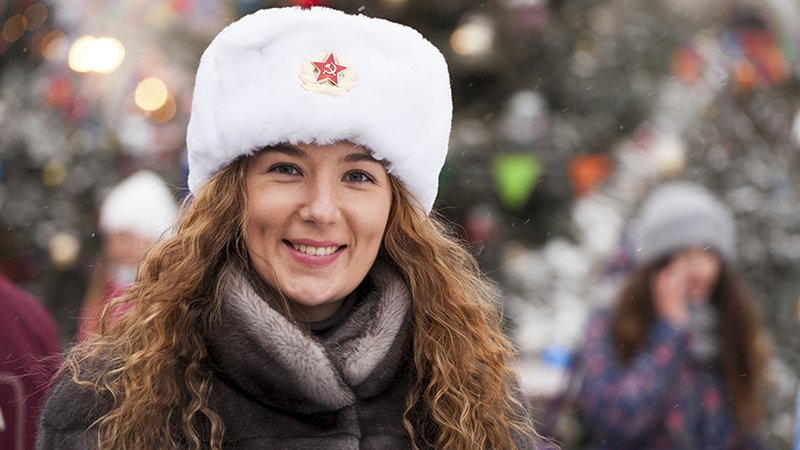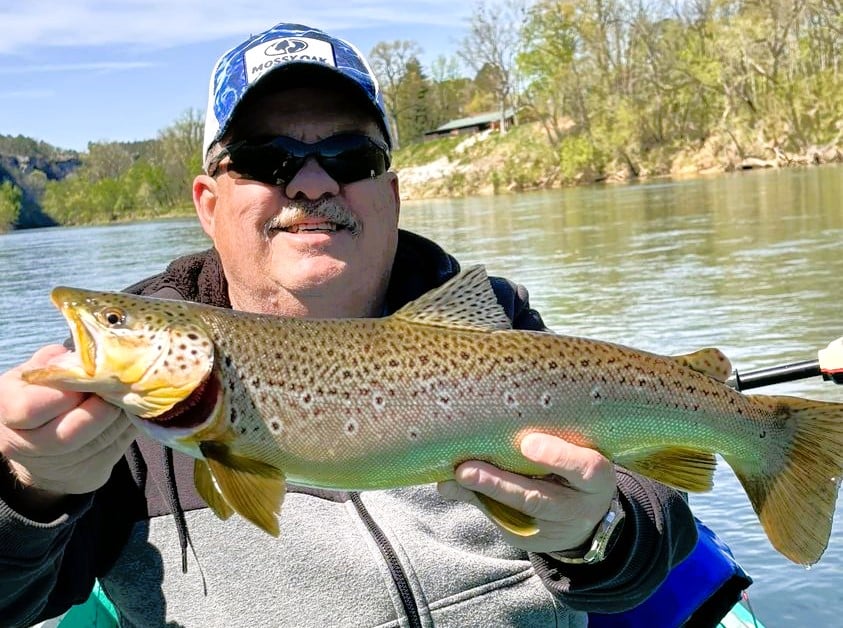Russian oil can trump trapping efforts
BY Jim Harris
ON 04-04-2018

April 4, 2018
Jim Harris
Managing Editor Arkansas Wildlife Magazine
MAYFLOWER – Fur prices are affected by many factors, according to Blake Sasse, the Arkansas Game and Fish Commission’s nongame mammal coordinator.
For example, he says, when oil prices are high, Russians are more likely to purchase fur, meaning that demand eventually trickles down to Arkansas trappers of furbearing animals such as the coyote, whose fur is used to line coats.
Of late, though, Sasse says demand throughout various sectors has been low. Subsequently, prices are low for Arkansas pelts and this affects how many Arkansas trappers will partake in the hunt.
Which, Sasse points out, is why his October 2017 report on furbearers in Arkansas revealed that such animals as the coyote are seeing a rise statewide. Sasse, the Arkansas Game and Fish Commission’s furbearer program leader, is in the process of compiling the next report, which will be issued this fall, but from anecdotal evidence, he indicated this year’s numbers would be similar: fur prices will be down again.
During the 2016-17 season, Sasse reports, licensed fur dealers purchased 11,613 pelts at slightly more than $91,000. Sasse says that figure was the second-lowest number of furbearer pelts taken and purchased since state records were first kept in 1938.
Sasse said that an independent survey of Arkansas bowhunters indicated that populations of terrestrial furbearers are stable with the exception of an increase in coyotes and possible rise in numbers of raccoons. On the other hand, Arkansas trappers believe that populations of mink, muskrat and red fox may be decreasing, though Sasse added that he wouldn’t consider them at endangered levels.
Sasse also noted that bobcat and gray fox numbers are most likely stable, based on Arkansas trapper reports, but that beaver, coyote and otter are increasing.
While fur prices influence trapping effort, Sasse notes that they aren’t the only reason people enjoy the sport of trapping.
“I think that while commercial trapping may be down because prices have fallen, I think we still have a lot of furbearing hunters who hunt for the prize, such as hunters looking for a coyote to send to the taxidermist,” Sasse said.
Furbearing hunting and trapping season dates for 2018-19 have not been set, but hunting seasons for bobcat, gray fox, red fox, mink, striped skunk, opossum, beaver, muskrat, raccoon (day and night hunting) and nutria begin Sept. 1. Coyote hunting season typically runs July 1 to Feb. 28 with no bag or possession limit. Furbearer trapping seasons for animals other than coyote start usually in early November. Coyote seasons in the past have run Aug. 1 to March 31 with no possession or bag limit.
Sasse’s October report said that the average price for beaver pelts statewide in 2016-17 were $4.61 based on the sale of 4,214 pelts, the most of any furbearer. Coyotes, meanwhile, went for $7.94 per pelt, with 390 pelts sold. The most valued furbearer in Arkansas last year was the bobcat ($30.77), followed by the otter ($23.56), red fox ($13.50) and spotted skunk ($10). The opossum is the least valued at 15 cents, followed by the raccoon at 70 cents. The raccoon is still the second most popular furbearer taken, with 3,265 pelts reported last year.
More information can be found about furbearers and the AGFC’s strategic management plan at www. agfc.com.
Recent News

Arkansas Wildlife Weekly Fishing Report
Apr. 18, 2024
Subscribe to Our Weekly Newsletter E-mails
Don’t miss another issue. Sign up now to receive the AGFC Wildlife Weekly Newsletter in your mailbox every Wednesday afternoon (Waterfowl Reports are published weekly during waterfowl season and periodically outside the season). Fishing Reports arrive on Thursdays. Fill in the following fields and hit submit. Thanks, and welcome!

